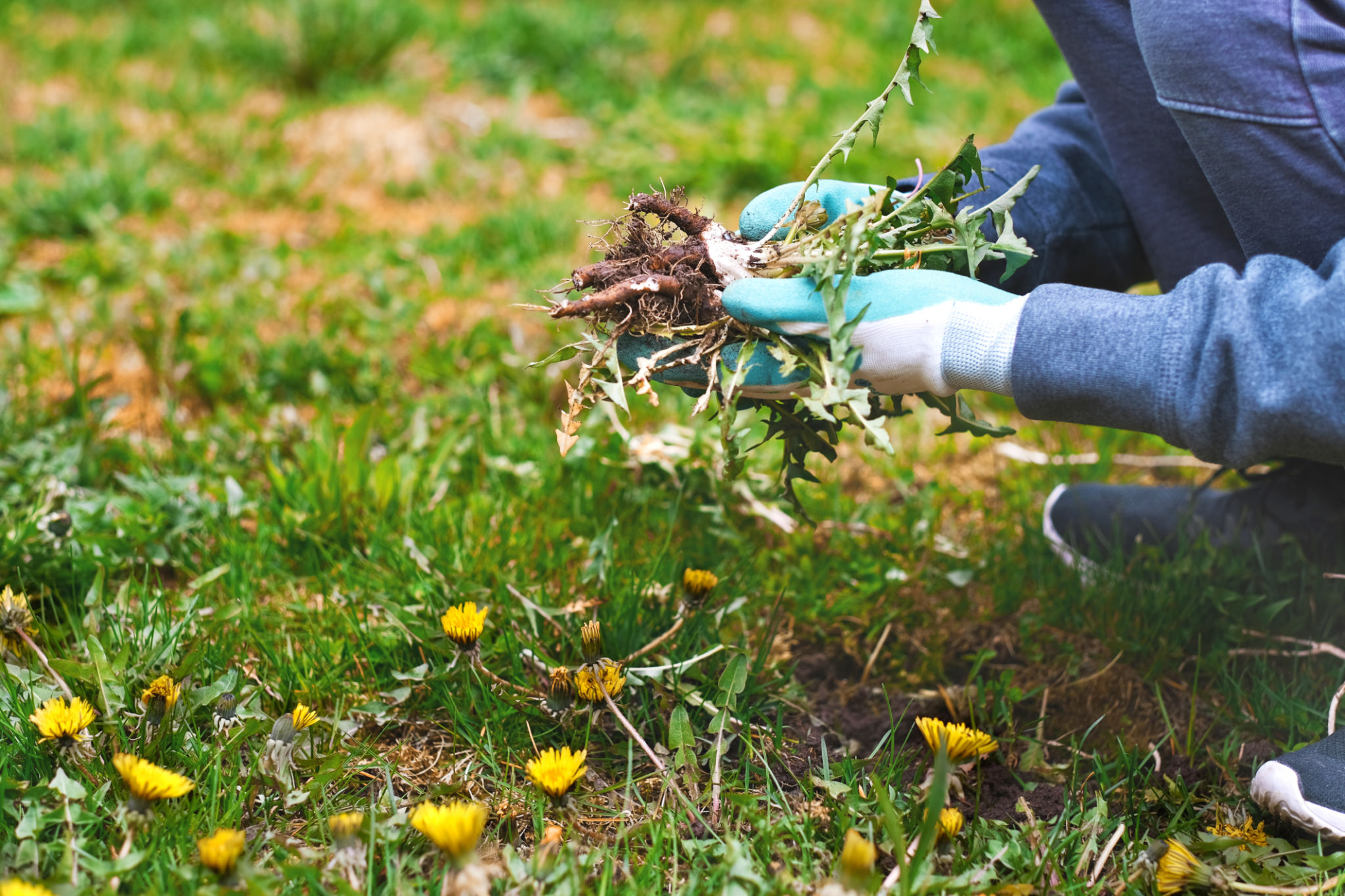How to Keep Your Lawn Looking Great During a Drought
In Northeast San Antonio, we know how tough droughts can be on lawns. When water is scarce, your lawn can start to suffer, but there are strategies to keep your yard looking lush and healthy—even during a dry spell. Here are some expert tips to help you maintain a resilient and vibrant lawn, even in drought conditions:
1. Choose Drought-Resistant Grass

Start by selecting grass varieties that can handle dry conditions. Some drought-tolerant grass types for Texas include:
- Bermuda Grass: Known for its resilience and ability to thrive in warm climates.
- Buffalo Grass: Native to Texas, it requires little water and is highly tolerant of heat.
- Zoysia Grass: An excellent option for a dense, slow-growing lawn that can handle drought.
2. Water Smart, Not Often

During a drought, water conservation is crucial. Instead of watering daily, water your lawn deeply but less frequently. This encourages deep root growth, making your grass more drought-tolerant. The best time to water is early in the morning when the temperatures are cooler, reducing evaporation.
Pro tip: Use soaker hoses or drip irrigation systems to minimize water waste.
3. Mow High and Less Frequently

Adjust your mower to a higher setting. Cutting grass too short stresses the blades and exposes more soil, leading to moisture loss. By keeping your grass longer, you allow it to shade the soil, retain moisture, and prevent the roots from drying out. Try to mow only when necessary, avoiding trimming more than one-third of the grass height at any time.
4. Fertilize Wisely

During a drought, avoid fertilizing your lawn. Fertilizer encourages new growth, which requires more water. If your lawn is showing signs of drought stress, it's best to hold off on feeding it until conditions improve. For long-term resilience, consider applying a slow-release, organic fertilizer in early spring and fall.
5. Aerate Your Lawn

Aeration allows water, air, and nutrients to reach the root zone more effectively. By loosening compacted soil, you're giving your grass a better chance to absorb moisture when it rains or when you water. Aerating your lawn once or twice a year can significantly improve drought resistance.
6. Use Mulch to Retain Moisture

Adding a layer of organic mulch around garden beds and trees helps to retain soil moisture and reduce evaporation. While mulch is typically used for garden beds, it can also benefit lawns by keeping the soil cooler and reducing the need for frequent watering.
7. Avoid Foot Traffic

During a drought, grass is weaker and more prone to damage. Minimize foot traffic on your lawn to prevent compaction and stress. If possible, create temporary walking paths or designate areas for outdoor activities to preserve the health of your grass.
8. Consider Lawn Alternatives

If you're dealing with extreme drought conditions, consider incorporating low-maintenance alternatives like drought-resistant plants, artificial turf, or hardscaping features such as gravel or decorative stones in areas that are tough to maintain.
9. Stay on Top of Weeds

Weeds compete with your grass for water and nutrients. During a drought, it's essential to control weed growth to ensure your lawn gets the moisture it needs. Consider using organic herbicides or manual weeding techniques to keep invasive plants at bay.
Final Thoughts
Maintaining a green lawn during a drought is challenging but not impossible. With proper care, smart watering, and a little patience, your lawn can stay healthy and beautiful, even in dry conditions.
At Homestead Harmony, we specialize in tailored lawn care solutions, ensuring your yard looks its best all year long—drought or no drought.
Call us today at 210-889-6011 for a quote!
We guarantee the envy of your neighbors!
